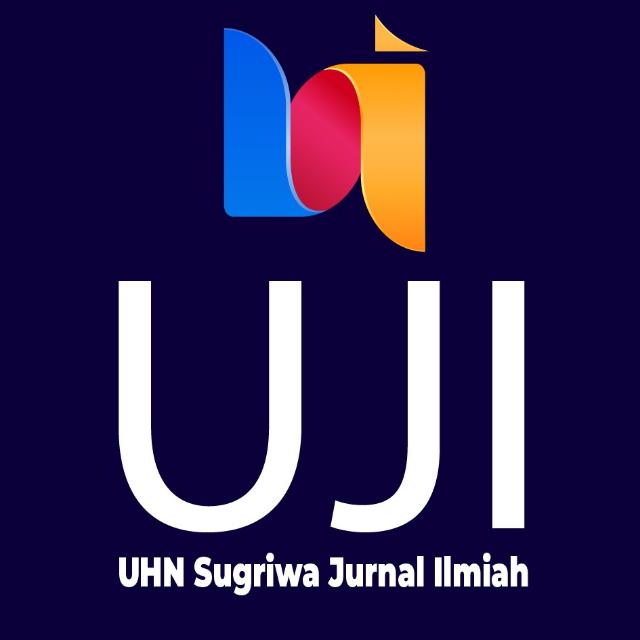The Principle of Dwi Tunggal Siwa-Buddha in Bahung Tringan Community
DOI:
https://doi.org/10.25078/jyk.v1i2.337Kata Kunci:
Bahung Tringan, Dwi Tunggal, Siva BuddhaAbstrak
This article descriptively describes the principle of unification of Siwa-Buddha which was publicized by the
Bahung Tringan community in Karangasem, Bali. At first, Shiva and Buddha were separate religions when
it came to the archipelago, Indonesia. Over time, in the political’s influence of the state, this religion is parallel, it is Shiva and Buddha are sole (singular). This is an early form of Siwa-Buddha unification. However,
in this contemporary age, after it took off about 500 years after the Majapahit’s collapse, the Shiva-Buddha
principle was started to discuss and practise again. The Bahung Tringan community practises this as a meditation technique. Bahung Tringan’s people considered that the Principle of the Dwi Tunggal Shiva-Buddha
is a theological principle related to the level of achievement of a sadhaka (spiritual aspirant). This principle
works in a process called spirit process. The way of the Dwi Tunggal Siwa-Buddha works is to follow a process named tantra, it is an encounter of the positive and negative aspects of the mind that produce a vacuum.
From this vacuum raised Jnana, and this Jnana drives the spirit to reunite with Sangkan Paraning Dumadi.


















